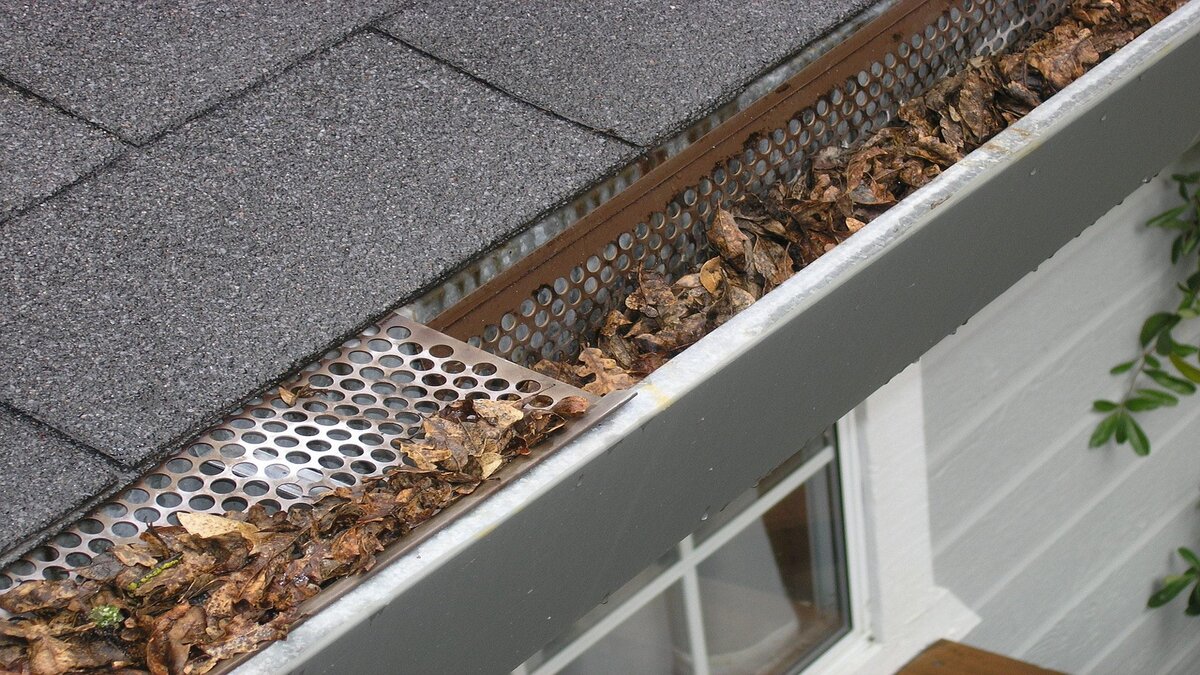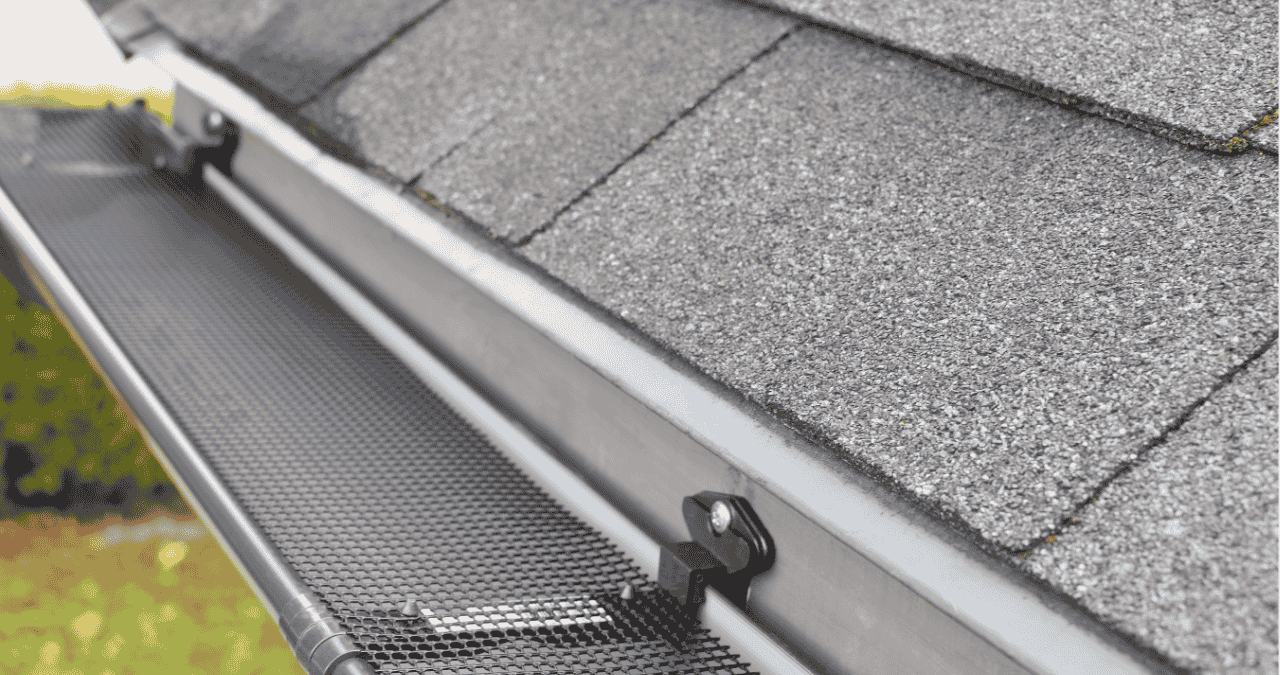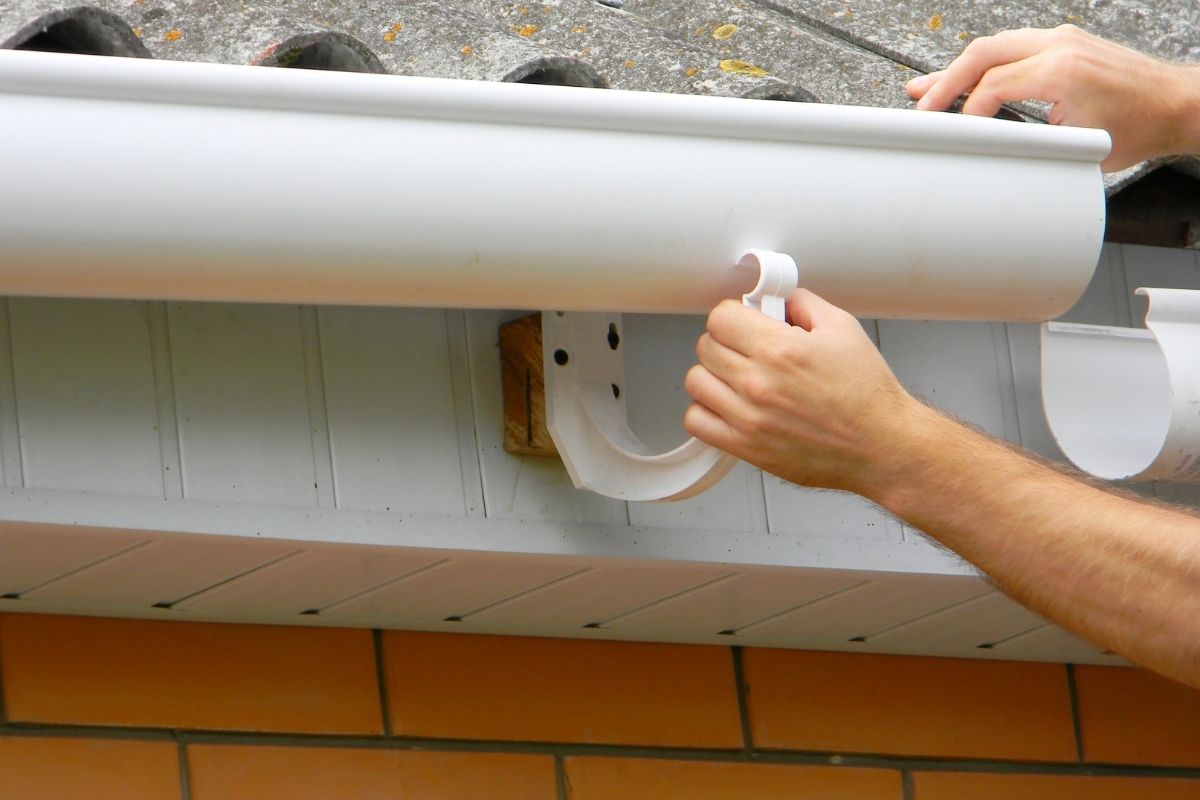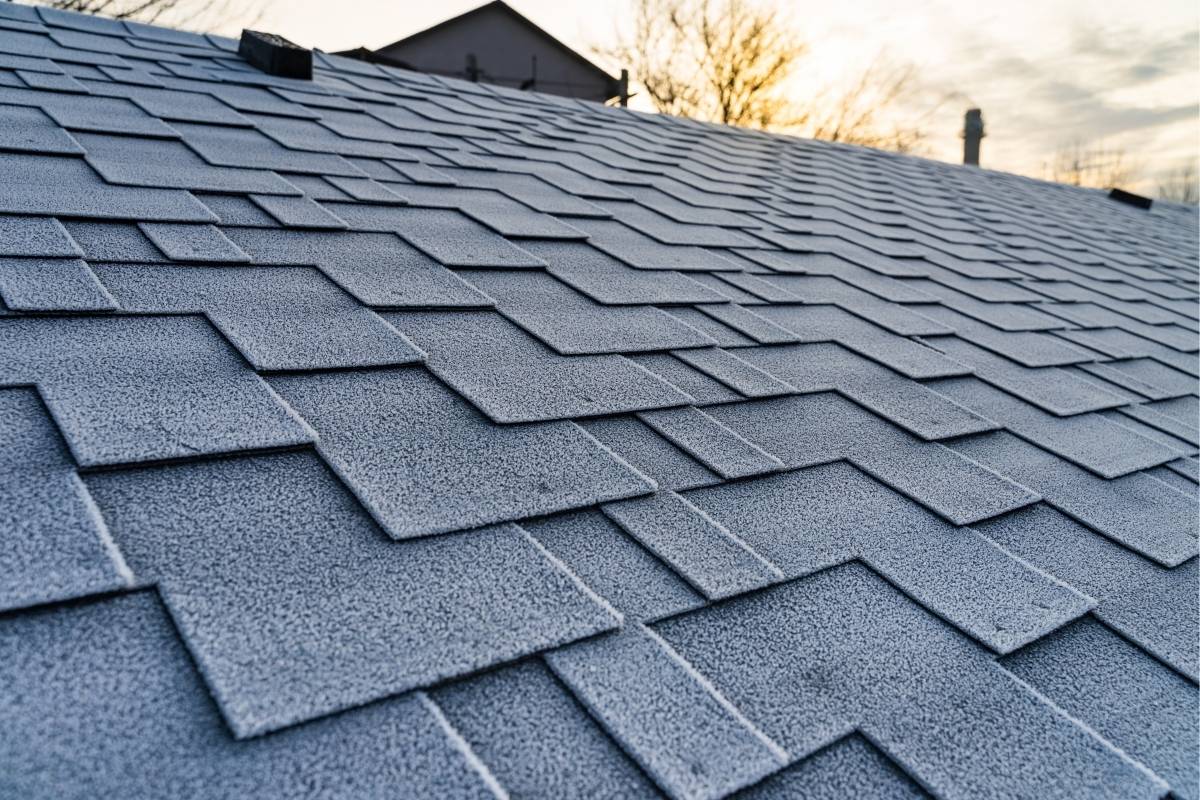Your home’s gutters protect your roof, foundation, and landscaping from water damage. However, clogged gutters can lead to serious problems, including leaks, mold growth, and structural issues. You may consider gutter guards if you’re tired of cleaning out leaves and debris. But do you need to replace your entire gutter system, or can gutter guards be installed on the gutters you already have?
The good news is that in most cases, gutter guards can be added to existing gutters without significant modifications. However, there are some crucial factors to consider before installation. Here’s what you need to know.
Understanding Gutter Guards and How They Work
Gutter guards are protective covers or screens designed to prevent debris from entering your gutters while allowing rainwater to flow through. They help reduce the frequency of gutter cleaning and protect against clogs that can cause overflow and water damage.
There are several types of gutter guards, including:
- Mesh Screens: Fine screens that block debris but allow water to pass through.
- Foam Inserts: Porous foam placed inside the gutter to filter out leaves and debris.
- Reverse Curve Guards: A curved design that directs water into the gutter while deflecting leaves.
- Brush Guards: Cylindrical brushes that trap debris on top while allowing water to flow beneath.
Each type has its pros and cons, and the best option depends on your home’s location, climate, and the type of debris commonly found in your gutters.
Can Gutter Guards Be Installed on Your Existing Gutters?
Gutter guards can usually be installed on existing gutters. However, the condition of your current gutters and the type of guards you choose will determine whether gutter installation is straightforward or requires adjustments.
Factors to Consider Before Installation
- Gutter Condition: If your existing gutters show signs of damage, such as sagging or pulling away from the roofline, simply installing gutter guards is not the best solution. Damaged gutters fail to manage water properly, creating roof runoff without gutters, which can lead to other problems. Make sure to repair your gutters for an effective system before adding guards.
- Compatibility with Gutter Type: Some gutter guards are designed to fit specific gutter styles and sizes. For example, certain snap-on guards work best with K-style gutters, while others may be better suited for half-round gutters.
- Roof and Fascia Design: Your roof overhang and the angle of your fascia board can impact the effectiveness of some gutter guard systems. Reverse curve guards, for instance, require precise installation to ensure proper water flow.
- Debris Type and Climate: If your area experiences heavy rainfall, snow, or frequent leaf buildup, you’ll need a gutter guard to handle those conditions without getting overwhelmed or clogged.
Best Gutter Guard Options for Existing Gutters
When choosing a gutter protection system for your current gutters, selecting an option that fits securely and provides the right level of protection is essential. Some of the best choices include:
- Snap-on Mesh Screens: Easy to install on most existing gutters without modifications.
- Foam Inserts: Simple to place inside the gutter, but require occasional maintenance.
- Brush Guards: Suitable for quick installation but may not be as effective in areas with fine debris.
- Reverse Curve Guards: Often require professional installation but provide long-lasting performance.
Professional Installation vs. DIY
Some gutter guards are designed for simple DIY installation, while others require professional expertise. If you choose a system that requires precise placement or modifications to your gutters, hiring a professional can ensure the job is done correctly and efficiently.
When to DIY
- You have snap-on mesh guards or foam inserts.
- Your gutters are in good condition and securely attached.
- You’re comfortable working on a ladder and following installation instructions.
When to Hire a Professional
- You choose a reverse curve or professionally fitted gutter guards.
- Your gutters need repairs or adjustments before installation.
- You have a multi-story home where ladder work can be risky.
The Benefits of Adding Gutter Guards to Existing Gutters
Installing gutter guards on your current gutters offers several advantages, including:
- Reduced Maintenance: Needing to clean and maintain your gutters less frequently translates directly into significant benefits for you: less hassle and lower ongoing maintenance costs.
- Protection Against Clogs: Prevents leaves, twigs, and debris from blocking water flow.
- Prevention of Water Damage: This helps prevent overflow that can damage your foundation, siding, and landscaping. It also ensures that if you’re using high-quality siding, it’s protected from premature damage by excess water.
- Extended Gutter Lifespan: Keeps gutters in better condition by reducing the weight of wet debris and ice buildup.
Schedule Your Gutter Guard Installation Today!
If you’re looking for a way to protect your gutters without replacing them, gutter guards can be a great solution. As long as your existing gutters are in good shape, you can install a variety of guard options to reduce maintenance and prevent clogs. Whether you opt for a simple DIY solution or hire a professional for installation, adding gutter protection can save you time, money, and frustration in the long run.
Before deciding, consider your home’s specific needs, the type of debris you commonly deal with, and whether professional installation is the best choice. With the right approach, you can enjoy the benefits of cleaner, more efficient gutters with minimal upkeep. For expert advice and professional installation, contact DryTech Exteriors today!





